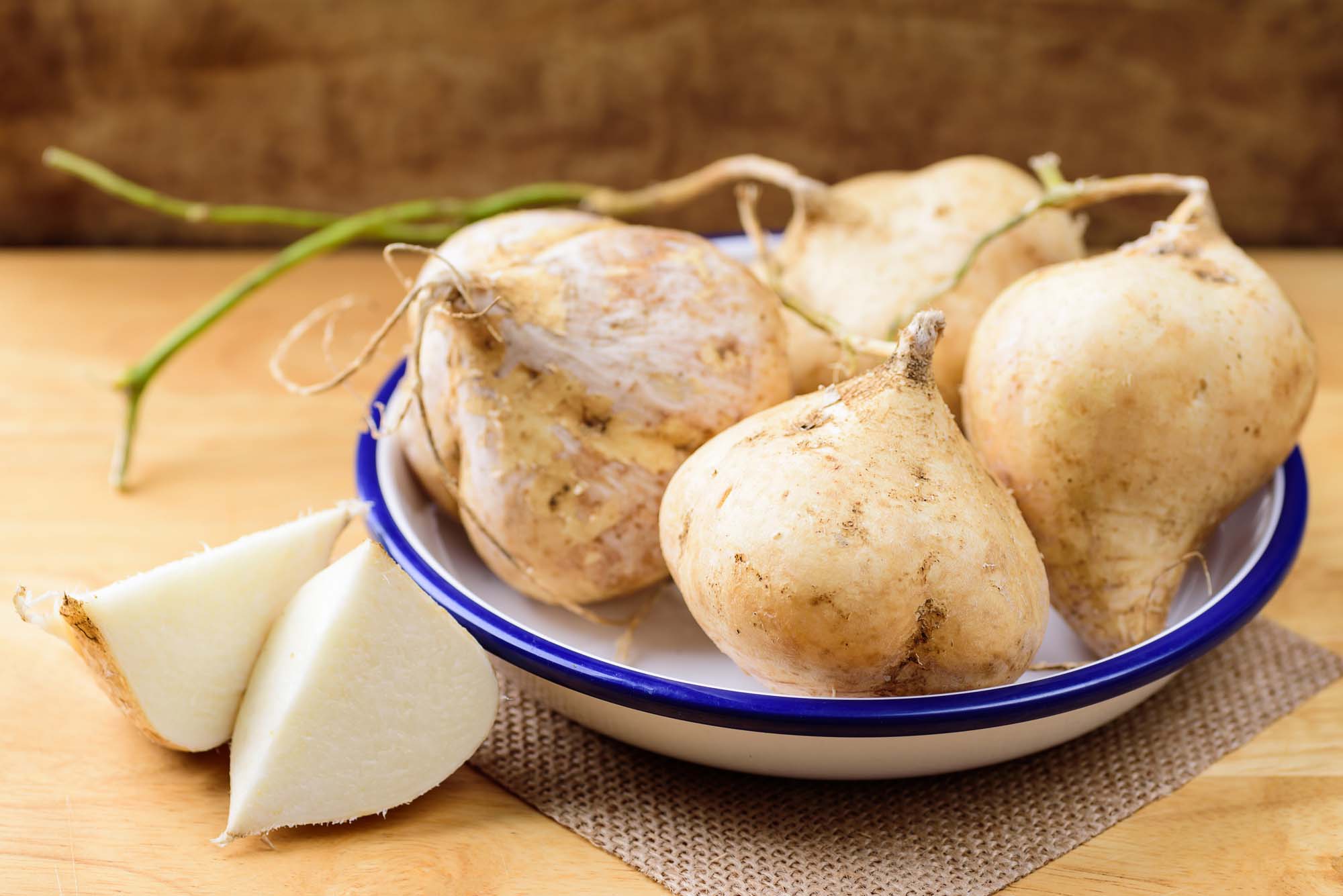August 8, 2022
•
5 min read
Guide to Mexican Vegetables
This guide is meant for expats who have recently arrived in Mexico. I’ve excluded obvious vegetables like corn, and instead decided to focus on those vegetables that are not commonly found abroad.
Rafael Bracho
Insurance Expert
Guide to Mexican Vegetables
Vegetables in Mexico
Introduction
Vegetables in Mexico
This guide is meant for expats who have recently arrived in Mexico. I’ve excluded obvious vegetables like corn, and instead decided to focus on those vegetables that are not commonly found abroad.
Technically, they are not all vegetables. Chayote and tomate verde are both fruits. However, because they are used in savory dishes, I’ve included them in this guide—excluding them from our Guide to Mexican Fruits. This is meant to be a practical aid for people on the fly. To the purists, I beg forgiveness.
Chayote
Vegetables in Mexico

This Mexican gourd is Mexico’s answer to the squash. Known by the scientific name Sechium edule, Chayote is native to Mexico and Guatemala, however it was introduced to the rest of Latin America and the Old World by the European conquistadores.
Chayote is highly prized because it’s rich in Vitamin C. In addition, the entire plant is edible: the seeds, tubers, roots, stems, and leaves can all be cooked. It can even be consumed raw–often marinated in lime juice and included in dishes, however most people find this preparation unpalatable. (The leaves are a popular green used for salads in Asia.)
In my family, we make chayote into a soup. We boil the chayote, make a water-based soup, add butter and consomé de pollo, and it’s a healthy, affordable vegetable side dish. It has a pleasant, mild flavor that is akin to squash.
Nopal Cactus
Vegetables in Mexico
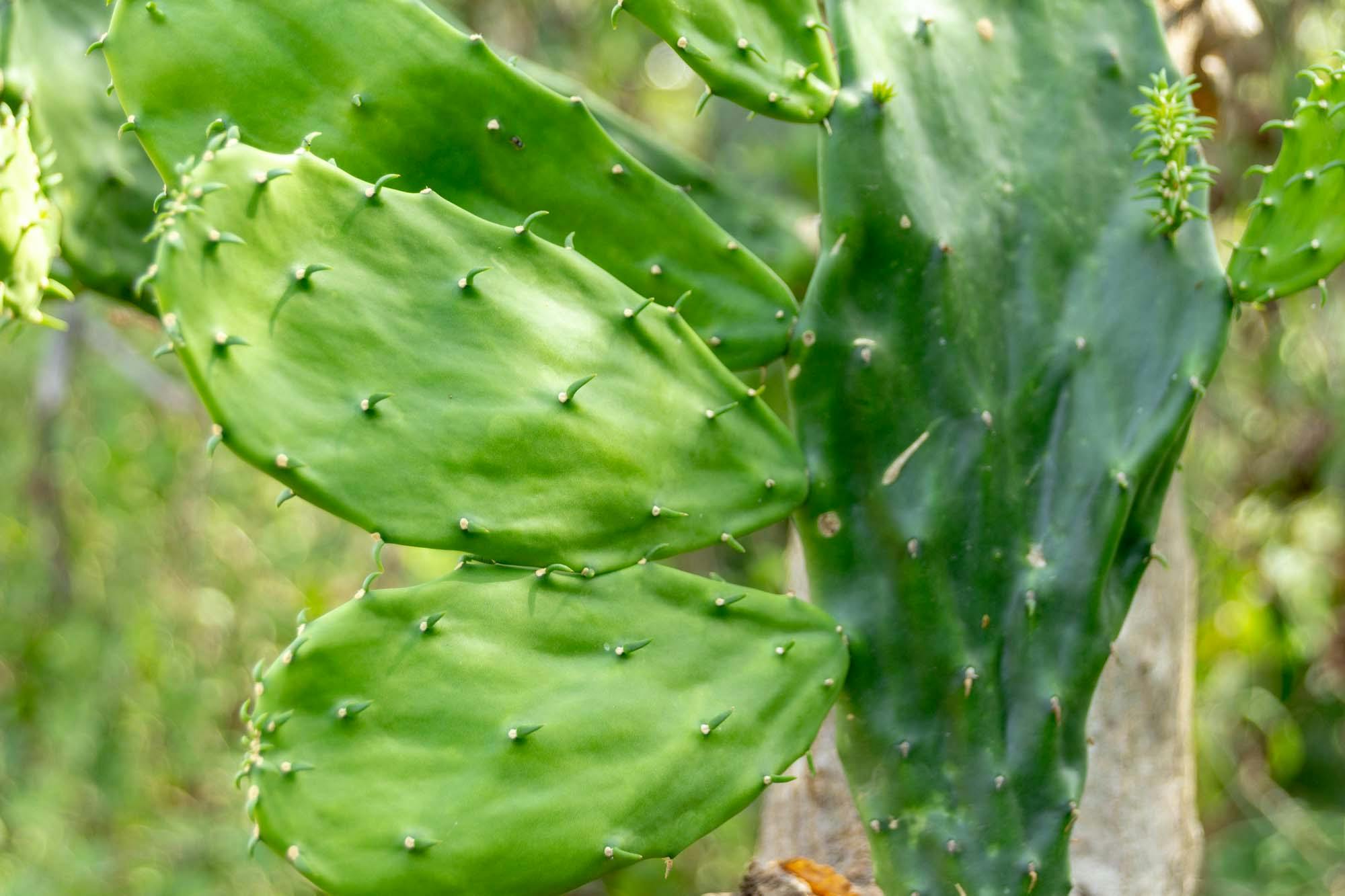
As we commented in a previous article, nopal cactus could save the world. A World Health Organization initiative has introduced nopal in arid places, like Eastern Africa, that suffer from food insecurity.
Consumed since time immemorial in the Americas, nopal was considered by the Aztecs to be the most versatile vegetable: the paddles were used to make medicine, the spines used to fight infection, the pulp helping to alleviate diarrhea (like B.R.A.T.), and the prickly pear fruit was said to calm down an angry person.
The slime from the cactus was even used as lip balm for chapped lips. This can be the most off-putting quality of nopal cactus for the adventurous eater. Known as the “baba” (meaning drool in Spanish), the paddles are slimy. For this reason, nopal cactus is often blanched, marinated in an acidic compound like lime juice to cut the slime, then grilled. However, if you eat enough Mexican food, you’ll get plenty of slimy nopal salads in tacos and on the side.
Jicama
Vegetables in Mexico
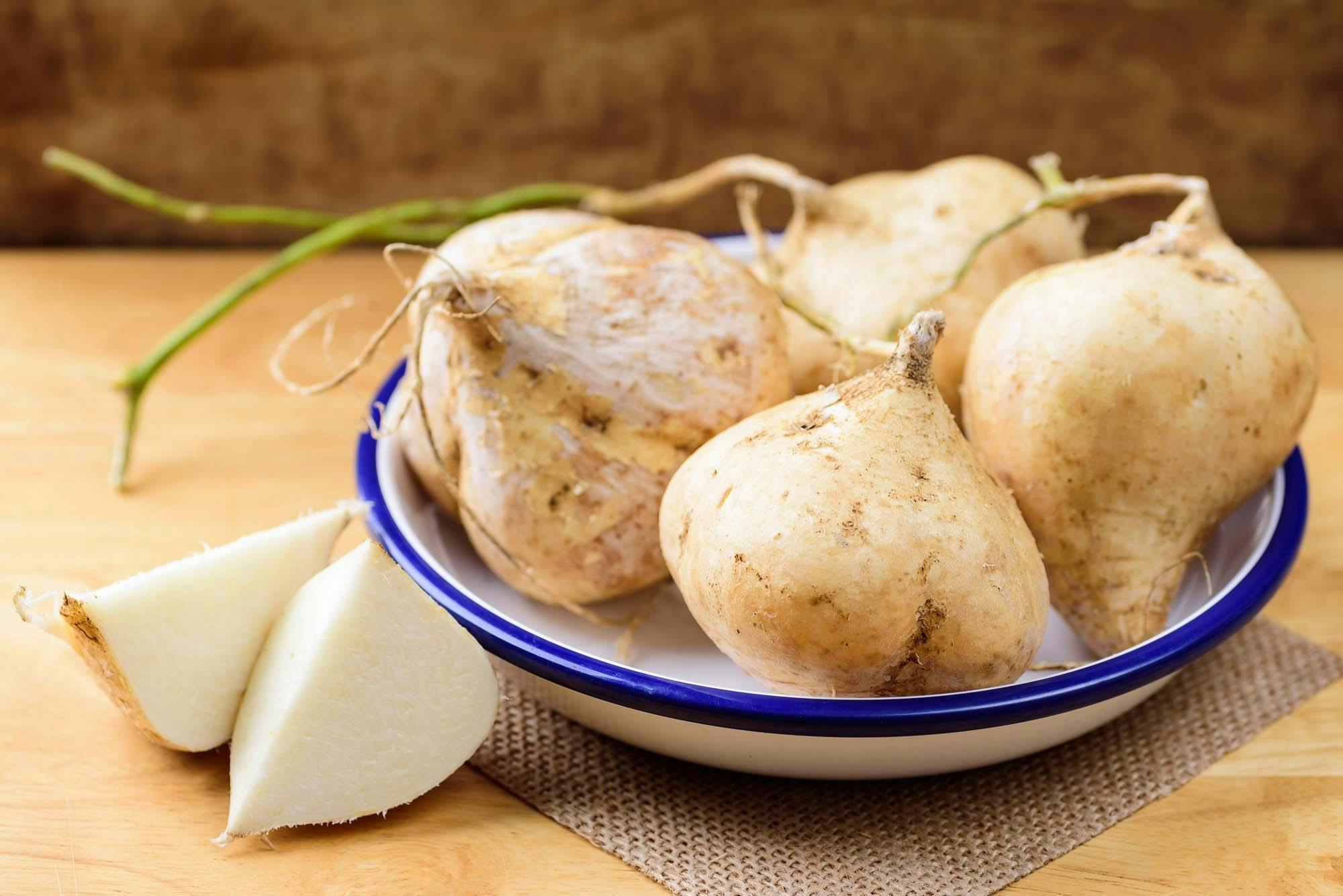
Known in other countries as the “Mexican turnip”, jicama is an incredible root vegetable. It’s a staple for dieters and fitness enthusiasts around the world. This is because jicama has negative calories. That means that it takes your body more calories to digest it than you get from the vegetable. In effect, you’re losing weight eating it.
Jicama is most often served as a snack, marinated in lime juice—maybe with a couple drops of jugo Maggi, by itself or accompanying a dip like jocoque. However, a recent trend has been to shave the Mexican vegetable into thin slices, and use them as a low-carb replacement for tortillas.
If one complaint can be made of jicama is that it has no flavor. The texture of jicama is pleasant, crunchy, then releasing an explosion of water—but it generally needs to be seasoned.
Tomate Verde
Vegetables in Mexico
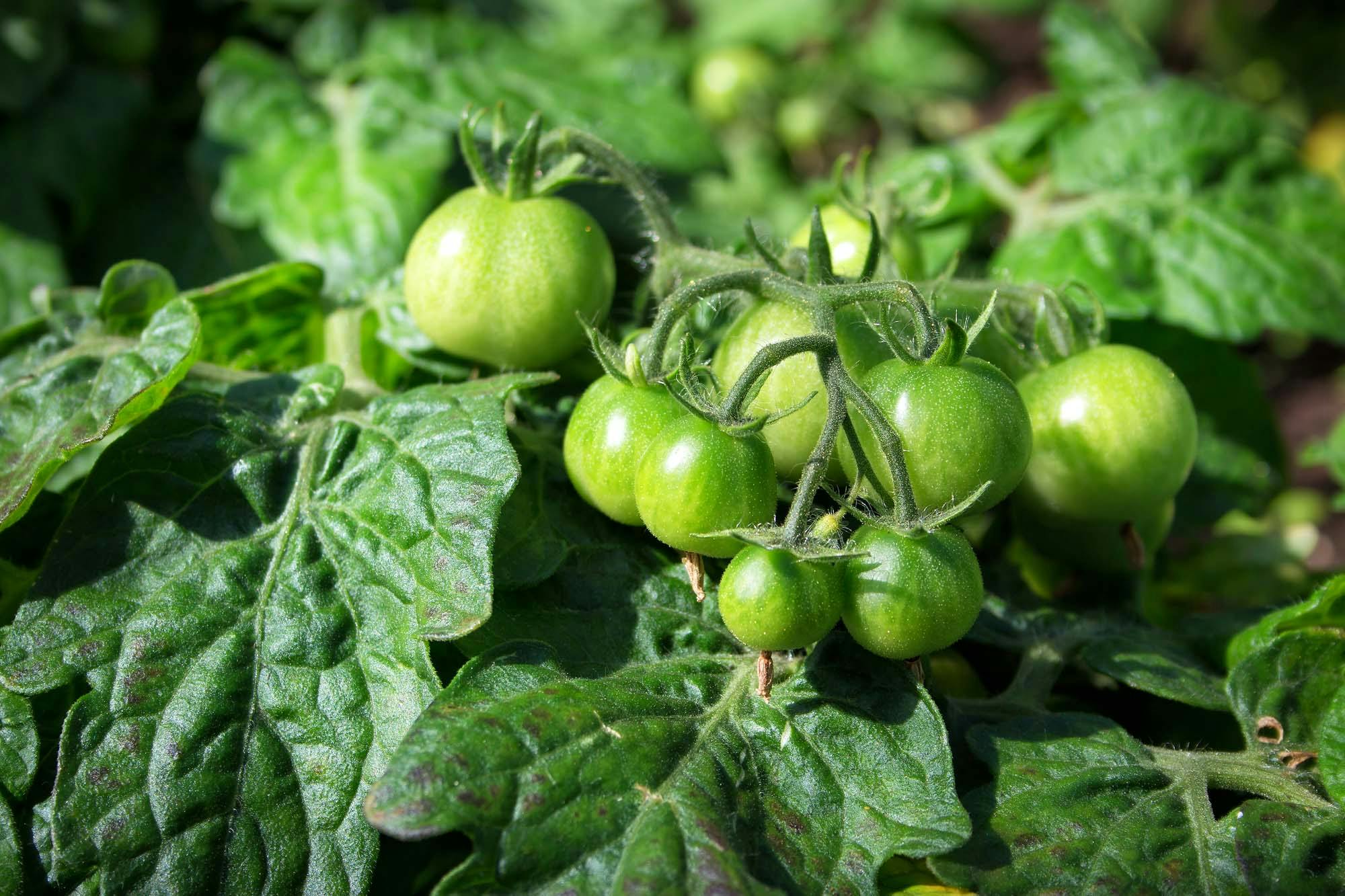
Tomate verde is savory fruit is the basis for salsa verde. Known in the north as tomatillo, it’s often translated into English as gooseberries—though don’t think that they’re like the orange gooseberries common in the United States.
Tomate verde can grow as big as a peach. Also, they’re sticky on the outside. When cooked, the sugars within the fruit caramelize. For this reason, salsa verde is often considered a sweeter alternative to salsa roja.
They are occasionally eaten raw in a salad—I’ve even seen a carpaccio—but, if they aren’t used to make salsas, then they’re used in guisados: or dishes prepared in a cazuela (a type of clay pot meant for slow cooking).
Huitlacoche
Vegetables in Mexico

We recently wrote an article on huitlacoche, sometimes spelled “cuitlacoche”. This is a fungus that infects corn kernels, creating a slightly bitter vegetable often referred to as the “Mexican truffle”.
It’s expensive and considered a delicacy, recently taking the fine-dining world by storm. For more information, click here to read our whole article on this amazing Mexican vegetable.
Poblano Pepper
Vegetables in Mexico
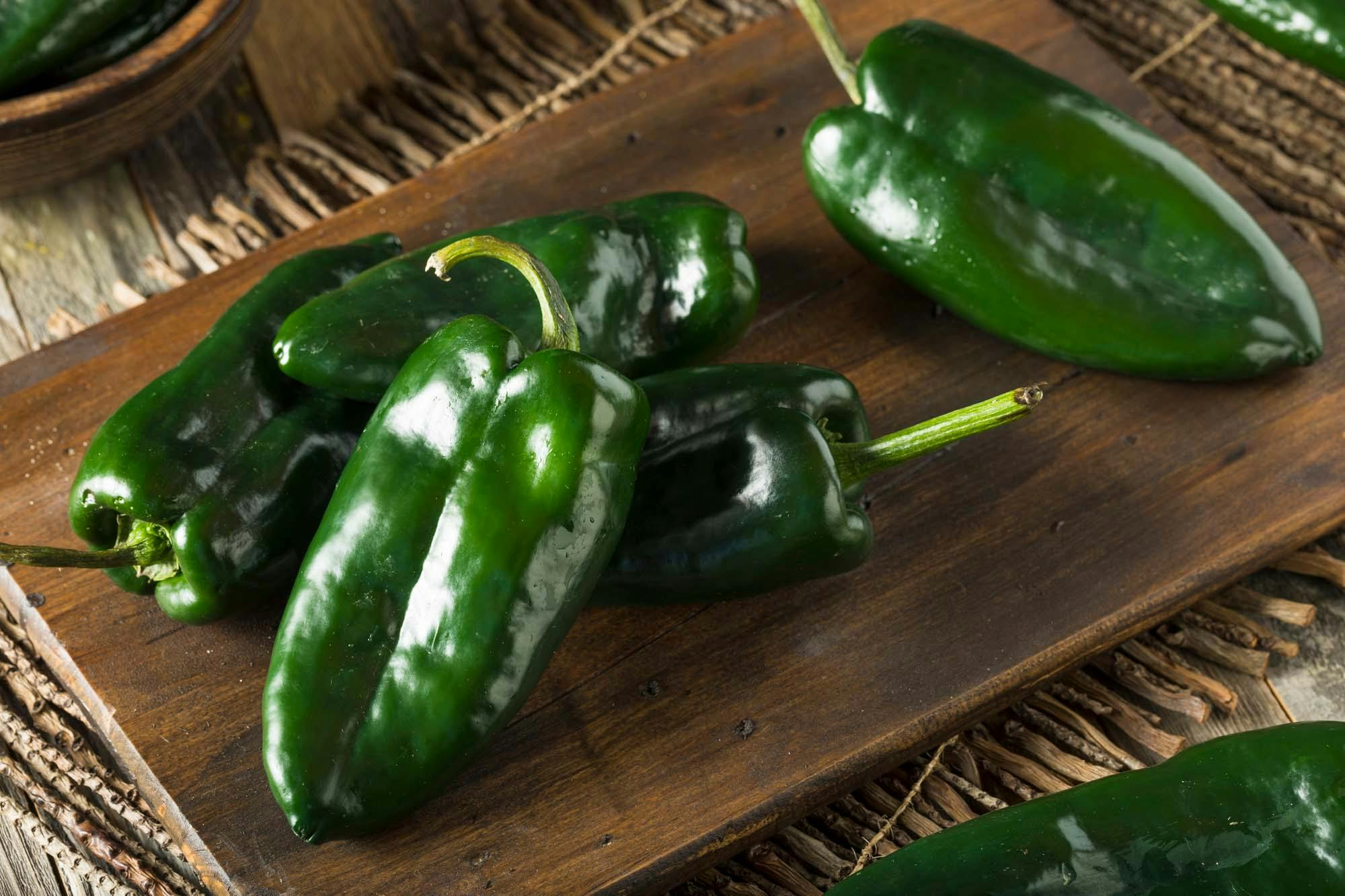
Many similar guides include a multitude of Mexican chiles, but this was the only chile we chose for our article. That’s because it’s substantial—like a vegetable should be. Not only is this pepper stuffed to make chiles rellenos, it can be cooked and cut into strips, and served as rajas—a popular side dish. (I even make a fantastic poblano cream sauce for pasta.)
First, poblano peppers must be burnt on all sides—fully blackened—then left to sweat in a plastic bag. Once cooled, the blackened, waxy coating is scraped off (it peels right off, you can use your fingers), and then the pepper is ready to cook.
Conclusion
Vegetables in Mexico
If you’ve never tried these Mexican vegetables, then rest assured that living in Mexico, you’ll come across all of them. They are all staples in Mexico—as they have been for thousands of years. I’d encourage all of you to try dishes containing these vegetables, because they’re quite delicious.
Rafael Bracho
Insurance Expert & Writer
For several years, Rafael has been crafting articles to help expats and nomads in their journey abroad.
Get Protected While Living Abroad
Found this article helpful? Make sure you have the right insurance coverage too. Get instant quotes for international health, life, and travel insurance.
Takes 2 minutes • Compare multiple providers • Expert advice

